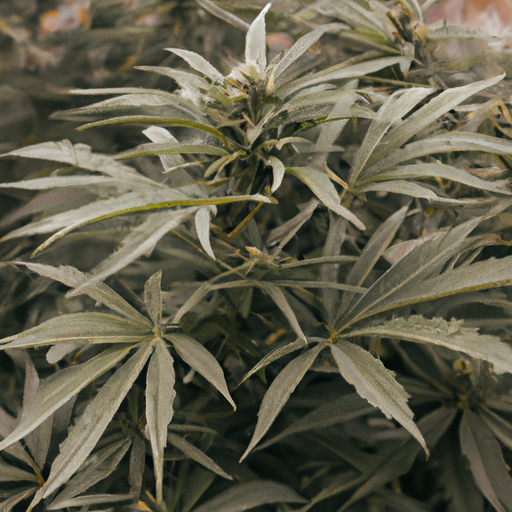The Shift in Agriculture Landscape
The wave of cannabis legalization sweeping over several countries is significantly altering various aspects of society. Notably, it is changing the agricultural landscape in dramatic ways. This article explores how the legalization of cannabis is transforming farming practices and industry outlooks.
Growth in Cannabis Cultivation
With the advent of legalized cannabis, a new crop has entered the agricultural scene—cannabis sativa. Its growth is unparalleled in recent agricultural history. The legalization of cannabis for both medicinal and recreational use has spurred a rush to cultivate this previously prohibited plant. Farmers, both big and small, are increasingly dedicating acres of land to the crop, inherently changing the configuration of the agricultural industry.
Cannabis plants require specific conditions to grow optimally. These specifications, such as controlled lighting, humidity, and temperature, have necessitated the development and application of innovative farming techniques. The use of high-tech greenhouses, light deprivation systems, and other controlled-environment farming methods have been directly given impetus by the legalization of cannabis.
Impact on Traditional Farming
While the cannabis boom has caused significant strides in farming techniques, it has also led to some displacement within traditional agriculture. Some farmers have switched over completely to cannabis cultivation, given its lucrative returns compared to conventional crops like corn or wheat. This shift has led to a reduction in the supply of these staple foods, thus affecting food security in some regions.
Consequently, government authorities and agricultural firms are required to find a balance. They need to cater to the growing cannabis industry without compromising traditional farming. Such a balance could be achieved through zoning regulations, crop diversification initiatives, and farmer training programs.
Future of Agriculture with Cannabis
The integration of cannabis into the agricultural landscape is projected to continue in the coming years. As more countries legalize cannabis, the demand for this crop will continue to grow, thereby solidifying its place in the farming industry. Moreover, the unique farming techniques developed for cannabis cultivation can also be applied to other crops, potentially revolutionizing agriculture as we know it.
However, along with opportunities, the cannabis market also brings challenges that need to be addressed. Issues such as regulatory uncertainties, environmental impacts, and market saturation require careful attention. As such, the dynamic interaction of legalization, agriculture, and cannabis cultivation continue to shape our farming landscapes. In sum, the legalization of cannabis is not just about changing the agricultural landscape—it’s about reshaping it for the future.
Thank you very much for reading our content. We will be delighted to assist you through our contact. A review on Google also greatly helps us.
